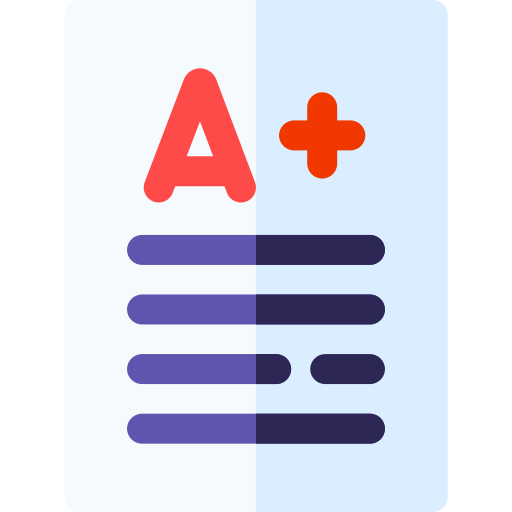كتاب الطالب اللغة الإنجليزية الصف السادس الفصل الثالث
Welcome to Bridge to Success
Bridge to Success is a twelve- grade course for learners of English as a second language (ESL)
The twelve grades range from the beginning of cycle 1 to the end of cycle 3
Bridge to Success Grade 6 consists of twelve thematic units of study, which include a range of activities, text types and objectives, split over three terms
The materials reflect the following principles
An Emirati focus, with an international perspective. Specifically developed for young learners throughout the United Arab Emirates, the themes, situations and literature covered by Bridge to Success strive to reflect the Emirati context and encourage learners' curiosity about the wider world. This fosters respect and interest in other cultures and leads to awareness of global citizenship
An enquiry -based, language -rich approach to learning. Bridge to Success children as active, creative learners. As learners participate in a wide variety of curriculum -based activities, they simultaneously acquire content knowledge, develop critical thinking skills and practise English language and literacy. The materials incorporate a 'learning to leam' approach, helping children acquire skills and strategies that will help them approach new learning situations with confidence
English for educational success. To meet the challenges of the future, children need to develop facility with both conversational and academic English. From the earliest stage, Bridge to Success addresses both these competencies. Bridge to Success presents authentic listening and reading texts, writing tasks, and end- of- unit projects similar to those learners might encounter in English- medium and international schools
This Activity Book provides additional support, reinforcement and practice of the Learner's Book. Comprehensive support for teachers is provided in the Teacher's Guide
The following icons are used in this Activity Book
1 pre -recorded listening activity pairwork or small group speaking activity (not mediated by teacher) write in notebook activity cross -curricular Science activity (9 links to 21st Century Themes and /or Skills We hope that you and your learners will enjoy using these materials as much as we enjoyed developing them for you
The Bridge to Success team
Lesson 4 Animal camouflage
Talk about it carefully at the photo Talk about what you can sæ
Read
Read the text. and match the animals in blue to the picturæ in Activity I Why do the animals change their colour
Animals must be clever to stay safe and alive, so some animals have camouflage. This means that they can colour, so that they are the same colour as the environment
The chameleon can change its colour. If a chameleon. is on green leaves, it to green; then other animals can't see it and eat it. The chameleon can hide and catch other insects to eat
The flower spider is very good at camouflage. It sits on flowers, and changes its colour to the colour of the flower. This keeps it safe, but it also has sharp teeth
The cuttlefish can also change colour — very quickly — and can also change its If a larger fish chases it, the cuttlefish black ink into the sea. This means the bigger fish cannot see and the cuttlefish is safe. Did you also know that cuttlefish have green and three hearts
3 Read
Read the text again. Are these true (T) or falw (F) ? the false sentences
Some animals change colour to stay safe
If a chameleon sits on green leaves, other animals can see it easily
The flower spider has no teeth
The cuttlefish can change its colour and body shape
Bigger fish can always see a cuttlefish
You have to work hard when you have this pet, and you must look after it. You must give it clean water every day, and you must feed it every day. You should feed it meat and fish. These pets must eat meat to stay healthy. Also, it should have a safe place where it can sleep. You don't have to brush it because this pet cleans itself. This pet is often very active. It should have a place to exercise, such as a garden or yard, where it can run and climb
Use of English
Modal verbs: must. should. have tot don't have tg
We use must + verb or have to + verb when we talk about things that are very important to do
You must give it clean water every day
You have to work hard when you have a pet
We use should + verb to talk about something that
it is important to do, or a good idea to do
You should feed it meat and fish
We use don't have to + verb, when something is not necessary
You don't have to brush it
Lesson 3 Rainforests
What do you know amut rainforests
Why are rainforests irngxrtant to us
2 Read
I Skim recri the text. Match the questions to the corra:t from the text
a Why are rainforests important to us
b What is a rainforest
c What are the parts of the rainforest
Scan read the text. Fird thæe words in the text and circle them
wet giant leaves cool forests dark hairs bugs
3 Guess meaning from context the vords you to guess the meaning of the words you do not know. with a partner and then Check in a dictionary
Rainforests are very large. wet forests. It is usually warm in a rain forest. and it rains all round. In a year it can rain as much as 260 cæntimetres
We need rainforests because they give us oxygen. which all animals need and they also use up carbon dioxide. Rainforests are home to rmny of plants and animals
Emergent layer. This is the tallest in the forest where there are giant trees. Only animals that can fy live here, such as the harpy and the pygmy glider
Canopy: This is the ugE of the leafy trees. It is full of animal life and the noisiest of
the forest. This is where the sloth lives. as well as the spider monkey and the toucan
Understory: This is a cml. dark environment under the of the træs. It is home to animals like the red-eyed tree frog and wnstrictor
Forst floor. Many insects and other bugs live here such as the large. ants and hairy
caterpillars with stinging hairs which proW them from other animals
Reding strategy: Skimming, scanning, guessing meaning from context Don't worry if there are words in a text you don't know. You can the text quickly to see what it's about (skim). Then, you can ICX)k for unknown words and underline them (scan)
Finally, you can use the words you know to help you understand the unknown words (guess meaning from




